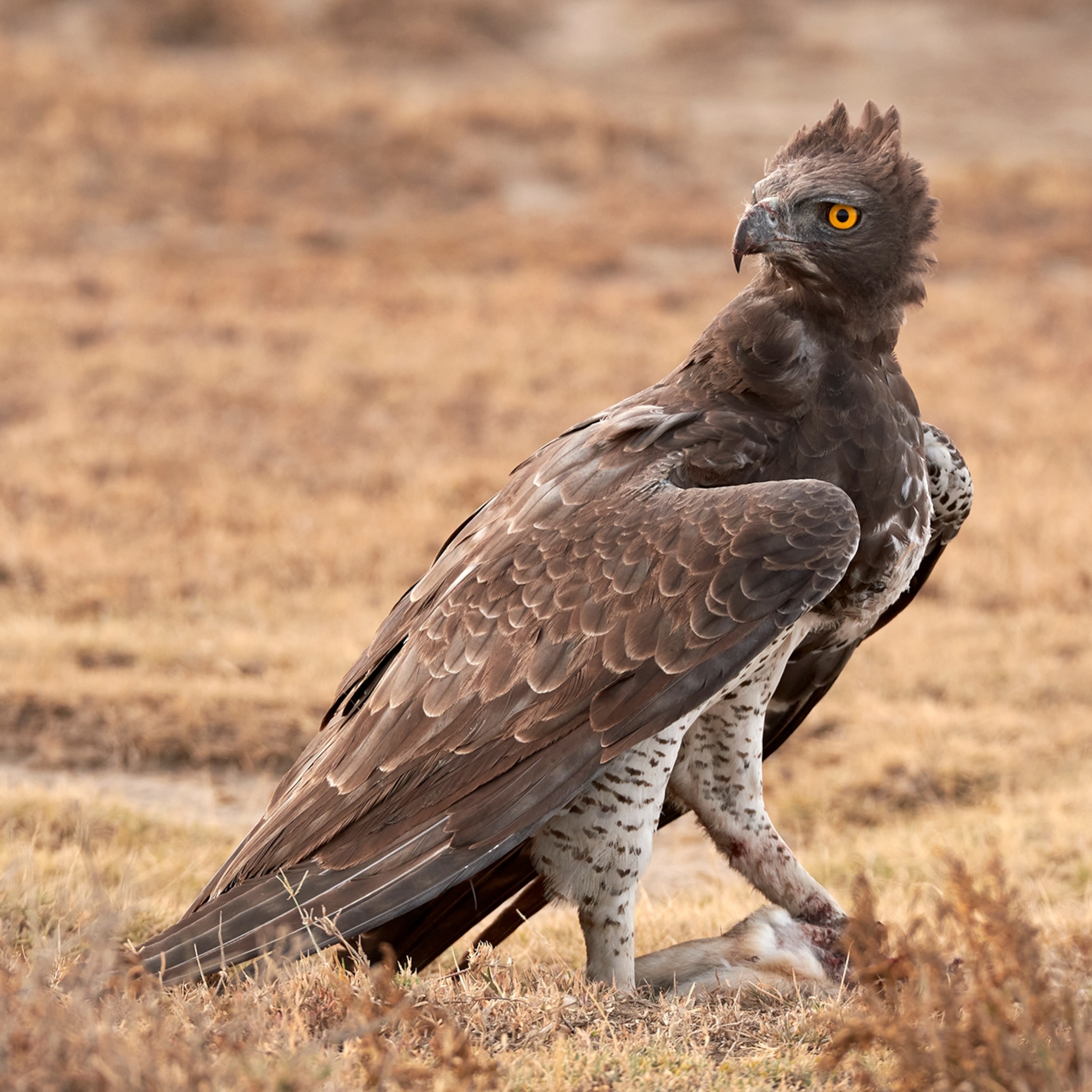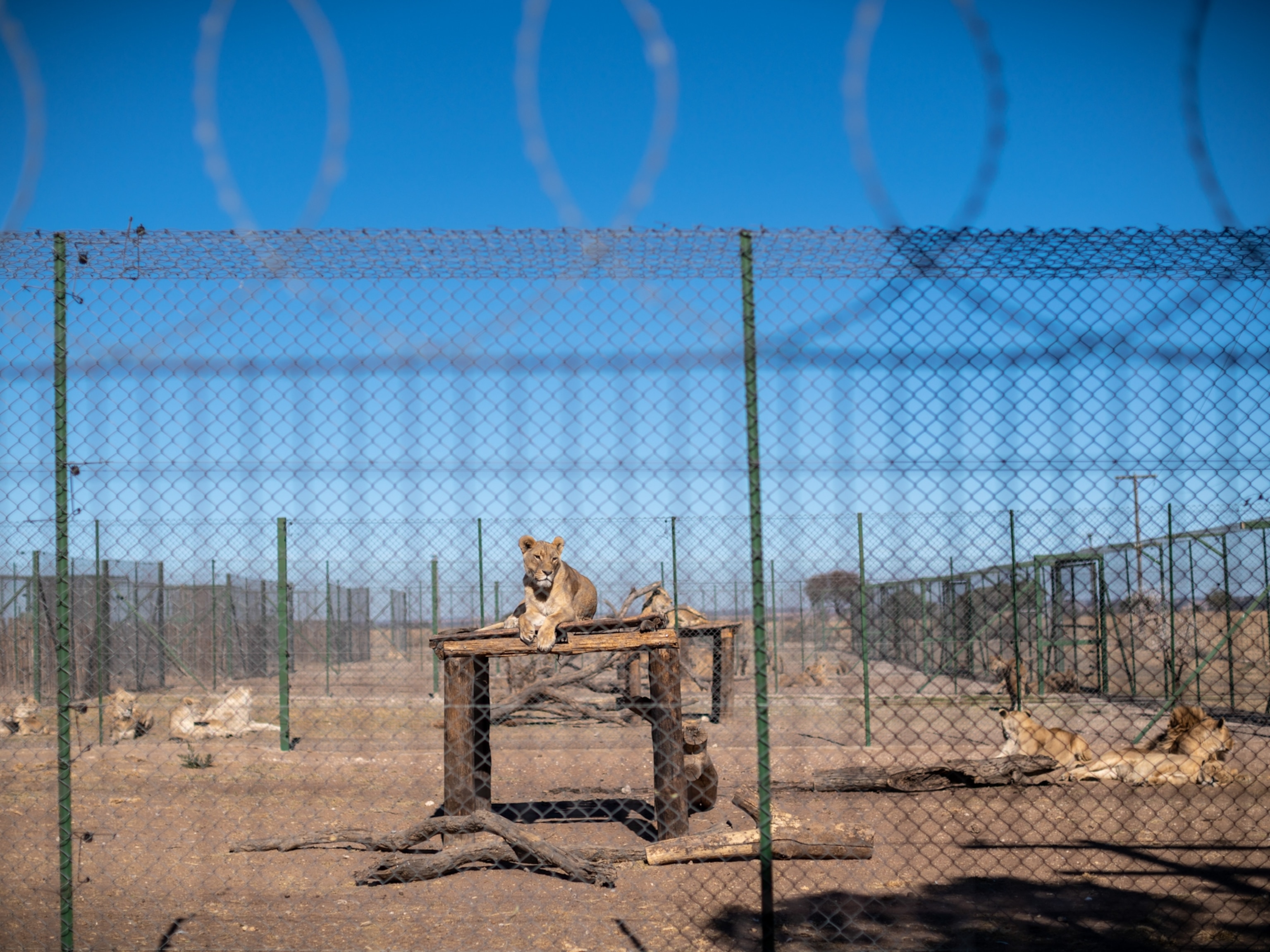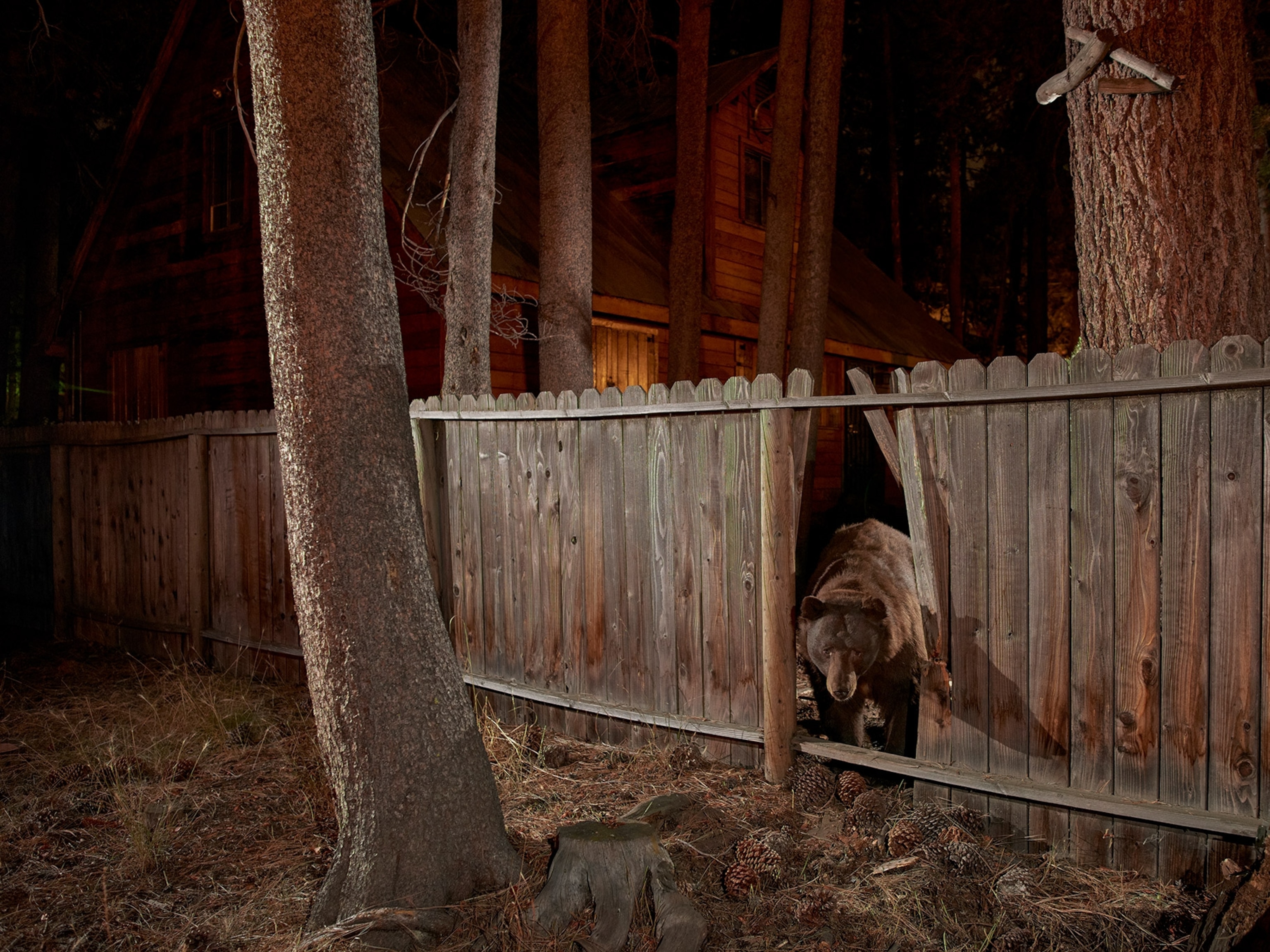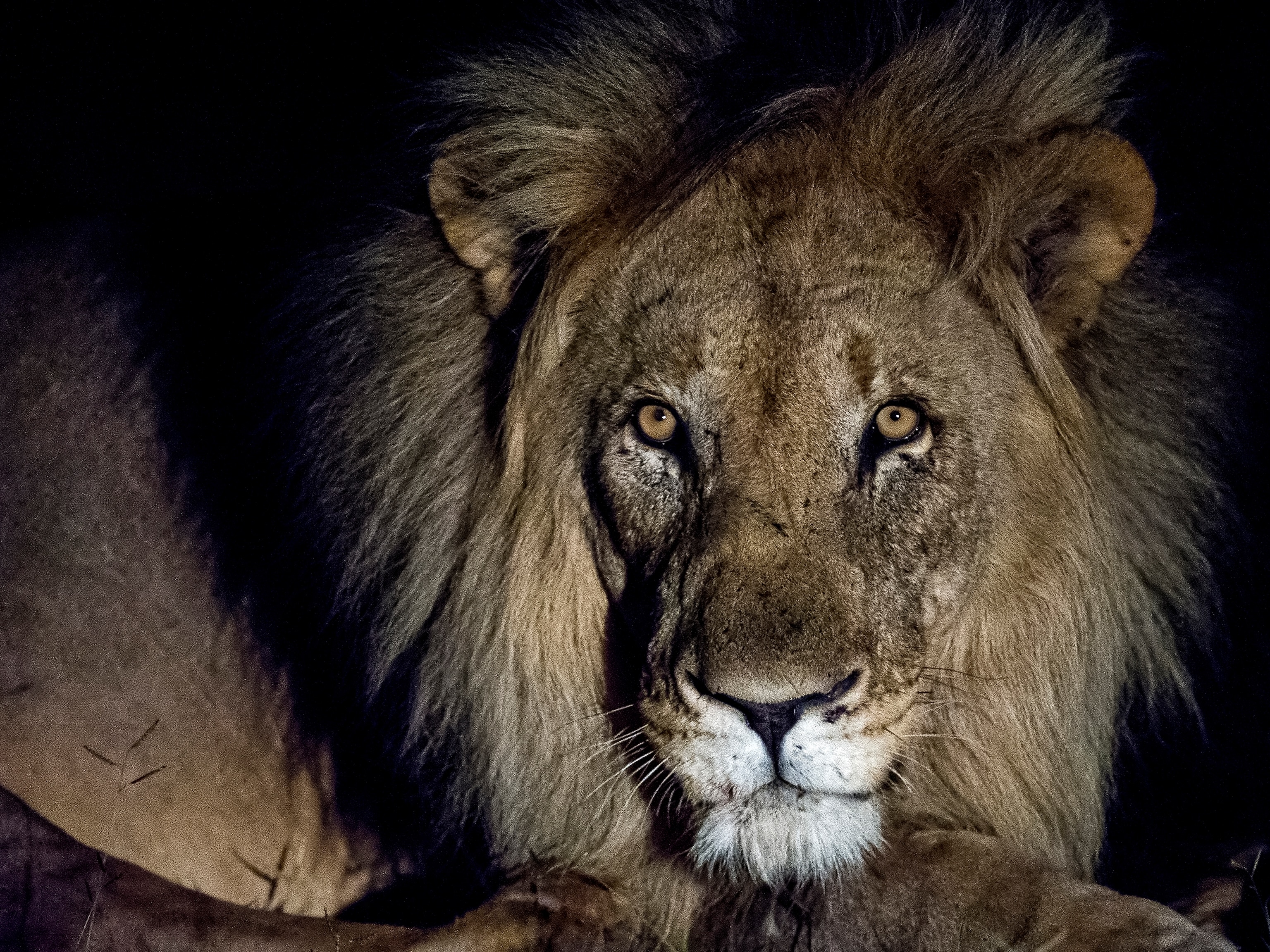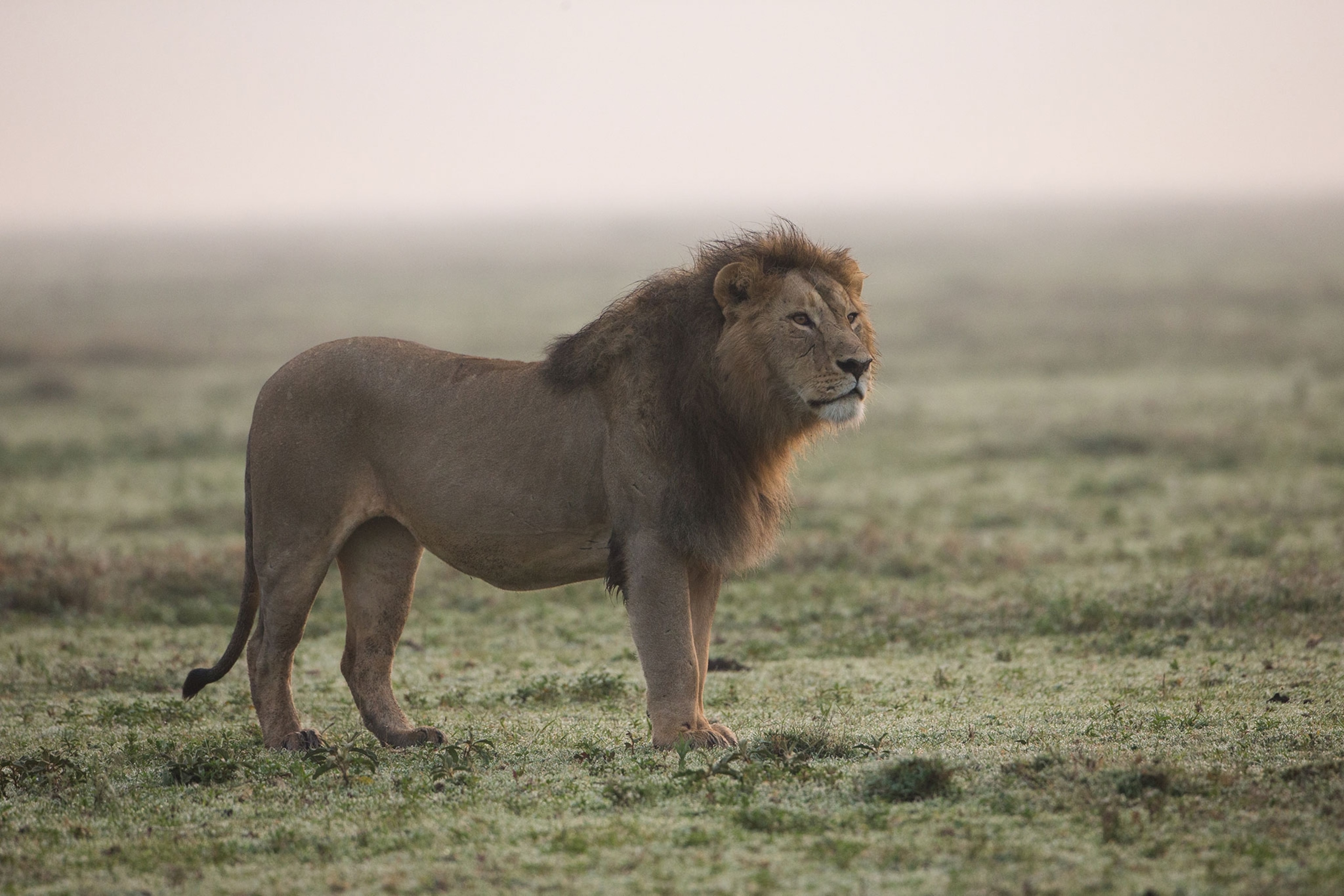
As Tigers Become Rarer, Poachers Are Targeting Lions
Growing numbers of wild lions in Africa are slaughtered for their teeth and claws, sought in Asian countries for jewelry.
LIMPOPO NATIONAL PARK, MOZAMBIQUE — The four young lions died where they ate their final meal. They were found lying on sandy ground near the remains of a poisoned calf. No one witnessed the silent slaughter—only the gruesome aftermath. The faces and paws of all four cats had been hacked off.
"It’s not a nice thing to see,” says Marius Steyl understatedly. Steyl, the law enforcement operations manager at Limpopo National Park, in Mozambique, was a member of the team that investigated the killings in late January. “It’s the king of the jungle, and suddenly it’s just being wiped out by humans.”
According to Steyl, two men are suspected of the crime, likely killing the lions in retaliation for the cats having preyed on cattle. One man has been charged, and the other remains at large.
In Mozambique, and widely in Africa where lions are found, the continent’s most recognized predator is facing a growing threat. As tigers in Asia have become scarcer in the wild (fewer than 4,000 are estimated to remain), other big cats around the world are being targeted for their parts: leopards, jaguars—and now African lions.
Conservation groups in East and southern Africa say that during the past three years, increasing numbers of lions have been killed and mutilated for their claws and teeth, likely to satisfy demand in China and Southeast Asia, where the parts appear to mainly be used as pendants and amulets.
“There’s just a growing awareness of the availability of lions parts in Africa and their potential to stand in as tiger parts,” says Kristin Nowell, director of Cat Action Treasury, a U.S.-based organization devoted to the conservation of big cats in their natural habitats around the world. Nowell is also the coordinator of the “red list” for big cats with the International Union for Conservation of Nature (IUCN), which determines the conservation status of species.
“We’re quite concerned about the lion,” says Nowell, who contributed to the most recent IUCN assessment of African lions, in 2016, which listed them as “vulnerable.”
Across Africa wild lion populations have plunged by about 43 percent since 1993 to no more than 20,000 in 2014, according to the IUCN. Habitat loss and the reduction of lions’ wild prey by the bush meat trade are forcing them into dangerous contact with humans and their livestock. Cats that prey on cattle become the targets of retaliatory killings. And now, increasingly, poaching for lions’ body parts is compounding these problems.
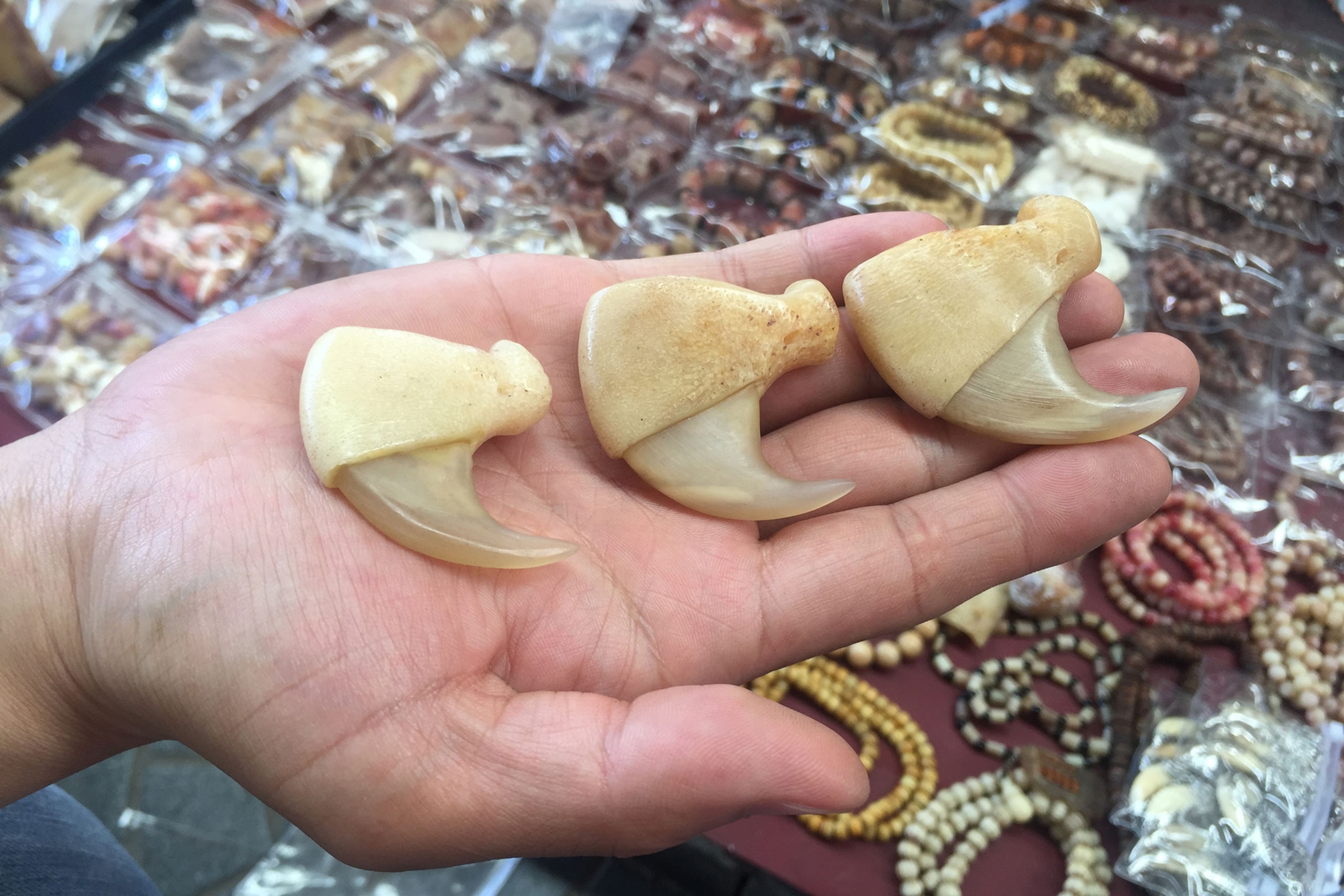
The Convention on International Trade in Endangered Species of Wild Fauna and Flora (CITES), which regulates the global wildlife trade, prohibits commercial trade in the parts of wild African lions. But South Africa, which has thousands of captive-bred lions, can legally export their parts—up to 800 lion skeletons a year. According to CITES, most go to Laos and Vietnam, where the bones are used as a substitute for tiger bone wine, considered a status symbol and used for treating various ailments and giving the drinker the “strength of a tiger.”
CITES also notes that during the past five years about 150 lion claws and teeth have been exported from South Africa to China and Vietnam. That number is the tip of the iceberg of trade between Africa and Asia, with the volume of illegal claws and teeth seized from Asian nationals during the same period exceeding those traded legally.
According to Nowell and others, South Africa’s legal trade is stoking Asian demand for lion parts as stand-ins for tiger parts and is fueling a growing illegal trade in the teeth and claws of wild lions, further reducing their numbers.
“AN OPPORTUNITY TO MAKE MONEY”
The IUCN’s 2016 lion assessment raised concerns that “wild lion parts from eastern and southern Africa could be drawn into the large illegal wildlife trade to Asia centered around elephant ivory.” The fears are now being realized.
In Mozambique in June 2017, a Chinese national was arrested at Maputo International Airport with lion teeth and claws, as well as items made with ivory. And in Senegal last August, lion teeth were seized as part of the biggest ivory haul in the country’s history. Then, in November, 19 lion teeth and 51 claws were discovered in South Africa in a package containing a rhino horn bound for Nigeria.
According to Nowell, the spike in wild lions being poached for their claws and teeth corresponds with a growth in other poached African wildlife being trafficked to Asia. “It’s not surprising that lions were sucked into that,” she says of the convergence with ivory and rhino horn. Like ivory, lion claws and teeth are valuable to all those involved in the trade: poor villagers supplementing their meager earnings by poaching, the middlemen who have connections to the top traders, and the sellers in Asia.
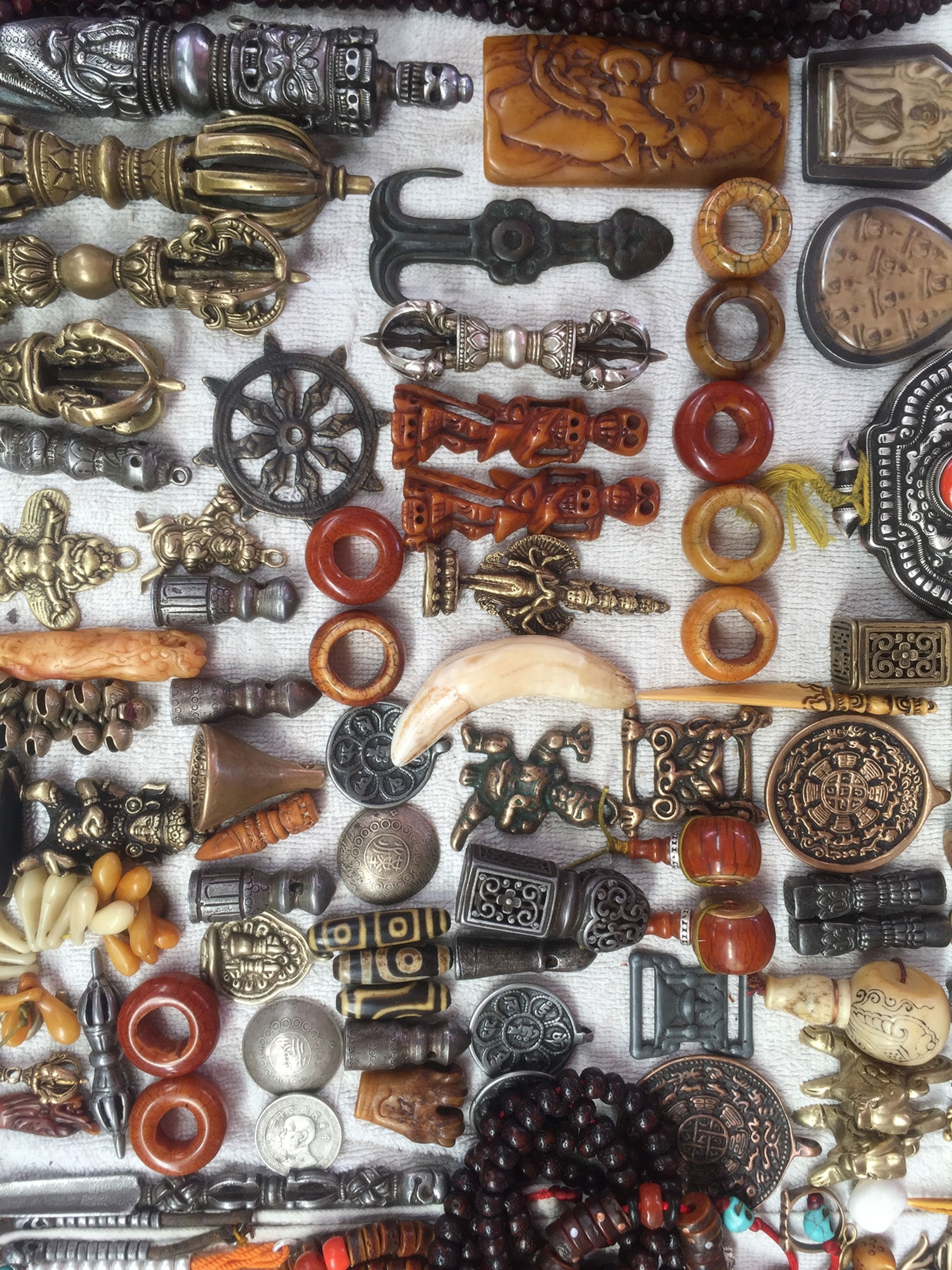
“If you’re in that trade, whether you’re selling ivory, rhino horn, body parts of lions, it’s the same markets, same ways of getting it out of the country, which the different levels of people involved know,” says Peter Leitner, Limpopo National Park’s project officer with the Peace Parks Foundation, a nonprofit group that helps establish transfrontier conservation areas. “It’s an opportunity to make money. So it’s more product. There is no doubt the same people are being used.”
What’s happening in Limpopo serves as a sobering case study. During the past three years, according to the Greater Limpopo Carnivore Programme, poachers have taken claws and teeth from 20 of the park’s lions, reducing the known population by 15 percent. This has prompted fears that the cats could be wiped out in some areas.
According to Nowell, one reason poachers increasingly seem to be killing lions for their claws and teeth, rather than their skins or bones, is practical. “That could be quite a process, to butcher and extract the bones—quite heavy to carry off a full lion carcass—so a quick getaway might be part of it. Also, the teeth and claws are easier to smuggle.”
At present, according to the park’s Marius Steyl, the biggest poaching threat to lions in Limpopo is from organized criminals who snare lions’ prey animals and poison their carcasses to kill the cats. Monitoring what’s happening in the park, he says, is difficult. “The criminal has always got the advantage, in the sense that we don’t know where he is. We’ve got a big park—it’s 1.1 million hectares, so it’s a big area to cover.”
But Limpopo is fighting back.
At a remote camp on a warm April morning, 40 new recruits were being trained, most of whom would join the park’s field staff. In a mock takedown, recruits were slinking through the savanna carrying automatic weapons before pouncing on a poacher and arresting him. A handful of the recruits will join a special anti-poaching team dedicated to protecting lions.
“We’d like to get [there] before the lion gets killed,” Leitner says. To that end the team is being trained to follow the spoor of lions, look for poachers’ footprints, and remove snares and poisoned carcasses before lions feed on them.
The park is also bolstering its materiel, adding a new helicopter and vehicles, and has introduced a system of paying informants when successful arrests are made. “So we’re trying to fight this battle through information, and that’s the most efficient way of doing it,” Leitner says.
TIGER—OR LION?
According to Nowell, confiscations and NGO research shows that some sellers are passing off lion teeth and claws as tiger parts.
Unless you’re a big cat expert, knowing what’s actually on offer is anyone’s guess: What’s sold as tiger could be lion. And if the lion teeth on display are in fact just that, there’s no telling whether they’re from wild lions (and therefore illegal) or captive-bred lions from South Africa.
On sale at a sprawling antique and crafts market south of Beijing’s city center are pendants made with bear and wolf teeth, hair pieces out of pangolin scales, and at half-a-dozen stalls, purported tiger canines—decorated in silver, or engraved, or in their natural state—and claws.
“You just drill a hole through the bottom of the teeth and wear it as a necklace,” said a man, speaking on condition of anonymity. He was selling two brownish teeth for 1,600 yuan (about $250), which he claimed were from Bangladeshi tigers. “It will keep you safe,” he said.
At another stall, a young woman was selling what she advertised as tiger claws for up to about $65, depending on their size. “Use a black string, tie it up, hang it on yourself, and wear it like a necklace,” she said. (She too refused to give her name.) These things, she explained, represent the vigor and strength of the tiger. “Wearing them will protect you and keep you safe.” Because tigers are critically endangered, all such items are illegal, but the woman said that buyers who live outside China can put them in a box and claim it contains arts and crafts.
These days much trade in wildlife products is conducted online. On Taobao, a Chinese online shopping site that’s a subsidiary of Alibaba, I found lion teeth pendants on offer. One was selling for $126.
At no other time has Africa’s king of beasts been so threatened. Conservationists are urging more vigorous law enforcement to tackle the illegal trade in their parts and are pressing for a ban on the legal trade. “Lions are in trouble,” Nowell says. “There’s a fear that this trade problem could escalate and really get out of hand, like it did for the tiger.”
Alexandra Fisher is a freelance journalist covering news and current affairs stories in East Africa. You can follow her on Twitter.

